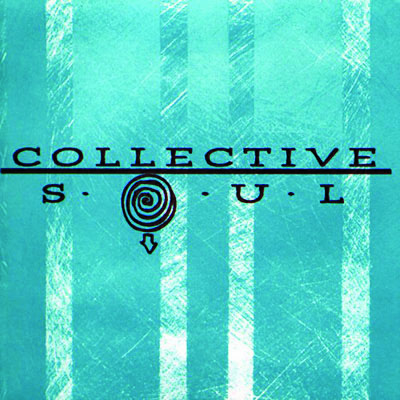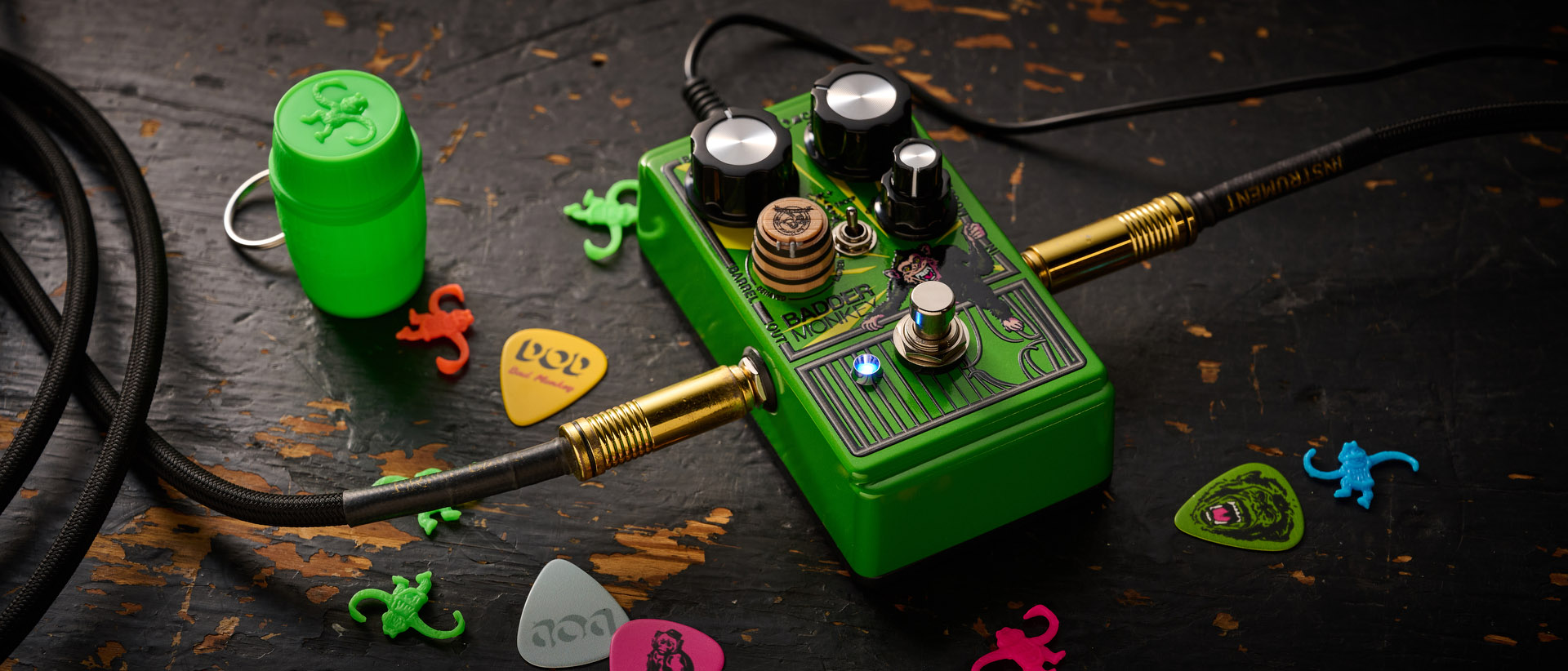What to Remember When Performing Collective Soul's "December"

This mid-Nineties rock radio hit is driven by singer-guitarist Ed Roland’s jangly electric guitar riff, which kicks off the song. Using his guitar’s bridge pickup with a clean tone and a light tremolo effect, Roland forms the chord shapes illustrated at the beginning of the transcription, which, as you’ll notice, share the same common tones on the top three strings, and flatpicks rolling arpeggios across the strings, allowing the notes to ring together. As you play through this figure, use whichever combination of downstrokes and upstrokes that flows the best for you. (Tip: use downstrokes for the bass notes and upstrokes for the high G notes.)
When playing the riff on the top three strings that enters in bar 33 (Gtr. 2 part), consistently alternate between upstrokes for the double-stops on the top two strings and downstrokes for the open G notes. To keep the riff sounding “tight,” be sure to palm mute the G string with your pick hand (indicated in the tab by the abbreviation P.M.) and apply fret-hand muting to the fretted notes, loosening your grip on them immediately after strumming them, so that the notes’ durations are cut short. These staccato articulations are indicated by small dots appearing directly over the tab numbers. And the “>” symbol signifies an accent (pick a little louder than normal, for emphasis).
For Jimmy Brown's tab of "December," check out the April 2018 issue of Guitar World.
All the latest guitar news, interviews, lessons, reviews, deals and more, direct to your inbox!
Over the past 30 years, Jimmy Brown has built a reputation as one of the world's finest music educators, through his work as a transcriber and Senior Music Editor for Guitar World magazine and Lessons Editor for its sister publication, Guitar Player. In addition to these roles, Jimmy is also a busy working musician, performing regularly in the greater New York City area. Jimmy earned a Bachelor of Music degree in Jazz Studies and Performance and Music Management from William Paterson University in 1989. He is also an experienced private guitar teacher and an accomplished writer.

